What types are there?
Dragon tree, Lucky Bamboo - as soon as they do not call this house plant. The exotic received its original names due to the structure of the stem with horizontal bridges. A tropical guest has the "status" of a Happy Plant according to Eastern traditions and legends.
In the scientific classification, Indoor Bamboo belongs to Dracena Sander.
reference... Dracaena Sandera (from Lat.Dracaena sanderiana) is an evergreen woody perennial. It is a representative of the Asparagus family, the Dracaena genus.
Distinctive feature of all plant varieties - a massive thickened stem of a rich green or grayish hue. The crown is formed by smooth oblong lanceolate leaves.
Indoor bamboo is a shrub. Shoots are straight, growing vertically, branching at the base. At home, the stems, as a rule, do not grow more than a meter.
All varieties of Dracaena Sander are conventionally classified according to the height of the shoots.
Stunted species
A characteristic feature is that the height of the bush does not reach a meter. For example:
- Variety Golden Goddess - the flower looks like a compact small fern. The leaves are pointed, oblong, the surface of the leaf plate is smooth. The root is vertical.
- Golden lily - one of the most unpretentious varieties. The yellowish-lemon color of the shoots gives the plant a special decorative effect. In the room, under special lighting, bamboo with branches twisted in a spiral acquires a golden hue.
- Variety Tsuboi differs in variegation, the leaf plate is lined with white stripes. The variety stoically tolerates pruning, easily recovers after transplanting, grows quickly.
- Lucky bamboo Is the most popular variety. Small leaves with sharp ends have a bright rich green color all year round. The stem is flexible, florists easily give it the desired heart shape or twist it in a spiral.
Medium-sized species
Feature - the bush grows up to 3-3.5 m in height. Medium grades include:
- Mexican weeping bamboo... Its peculiarity is long lanceolate leaves. Flexible flexible stems make it possible to form bushes-compositions original in structure. The root is well branched and grows vertically.
- Shiroshima - the variety is distinguished by the whitish-green color of the leaf plate. The base of the leaf is bright green. Whitish stripes along the entire length give the bamboo a decorative look. The plant has a powerful root, shoots develop quickly even in water.
Tall varieties
The height of the shrub is more than 5.5-6 m.The most popular species, but in the interior they are extremely rare:
- Bambusa multiplex - The Chinese giant flower grows up to 6 m. The diameter of the central shoot reaches 4 cm. Shoots and shoots are red in color. The deep yellow trunks with greenish stripes look original in spacious rooms.
- Giant woody bamboo Is a thermophilic tropical plant. Homeland - Taiwan.At home, the height of the bush is more than 5 m. The diameter of the shoot is 9-10 cm. The branches grow vertically, straight, the branches are short. The leaf plates are smooth, large, greenish in color.
- Tropical black bamboo Is a light-loving plant, native to Indonesia. The height of the bush is up to 6 m.The diameter of strong shoots is more than 8-9 cm.
- Monastic bamboo - the tropical variety loves light and warmth. Withstands drought. The birthplace of growth is Thailand, China. Small leaves give the plant a graceful look. Shoots of a bright green hue.
How to plant and propagate?
Plant indoor bamboo can be in water and soil.
Landing technology into the water is uncomplicated:
Attention! Only soft water is used. For example, melt, purified or rainwater is suitable for filling a container.
- choose a container according to the size of the root and the height of the shoots;
- use glass or porcelain containers (glass, flowerpots, wide bowls);
- decorative pebbles, glass colored balls (for decoration) are laid out on the bottom of the container;
- fill the vase with water at room temperature;
- the water is changed once every 6-8 days;
- special mineral fertilizers are added to the water at intervals of 1-2 times every 2 months, depending on the period of plant activity;
- when the stems grow, the plant is transplanted into a floor vase or bucket.
For planting bamboo in a pot pre-prepare a special substrate and container for planting... It is better for novice growers to buy ready-made substrate for Dracaena or palm trees in specialized stores.
Step 1. Prepare the potting mix
Substrate composition:
- coarse sand;
- high-moor peat;
- humus;
- sod land;
- leafy land;
- ratio of ingredients: 1: 1: 1: 1: 1.
Important: for disinfection, the substrate is calcined in an oven or in a microwave oven.
Step 2. Prepare the planting container
In order for indoor bamboo to grow quickly in a pot and give offspring, you need choose the right container... The main rule is that the size of the pot is chosen strictly according to the size of the root system. It is important to leave a space between the root processes and the walls of the container - at least 4-5 cm. As soon as the roots grow, the plant needs a transplant. It is important to change the potting mix during the procedure.
Transplant time:
- young specimens - 1-2 times a year (as the root system grows);
- plants 2-3 years old - Once every 2-3 years.
Step 3. Landing
The procedure is not laborious, even a novice gardener can do:
- drainage holes are made at the bottom of the container for the outflow of liquid and good air permeability;
- the pot is disinfected (with steam, boiling water or treated with a special disinfecting solution);
- pebbles, pebbles, small pieces of expanded clay are placed on the bottom;
- Pour slightly moistened soil mixture over a third of the pot;
- make a wide hole in the center;
- carefully place the shoot in the center, straighten the root processes;
- the root collar is not deeply buried;
- the voids are filled with a substrate;
- the soil is lightly tamped;
- watered along the edge of the container as the substrate dries.
Breeds indoor bamboo is relatively easy. They use several methods:
- Seeds... A long and laborious process. Seeds sprout quickly after pre-soaking on a cloth or paper tape. Sprouted seeds are planted in separate small trays. The seeds are not buried, but sprinkled with a light substrate. The trays are covered with foil (greenhouse effect). The seedlings need special conditions - constant warmth, good lighting, regular moisture, repeated picking. It is important to ventilate crops regularly so that moisture does not stagnate. Seedlings dive in 2 months into small cups. Young shoots, after growing the root system, are transplanted to a permanent place one by one or in a composition.
- The best way is grafting... The procedure is carried out in the spring, after planned or formative pruning. Adult stems of indoor bamboo give "offspring" - cuttings-shoots.They are carefully cut, the cuts are processed with crushed charcoal. The bases of the cuttings can be dipped in special solutions that stimulate the formation of root shoots. Planting cuttings are dipped in water for 1-2 weeks. As soon as the shoot sprouts, it can be transplanted into a special soil.
- Dividing the bush bamboo is carried out in the spring when transplanting. The method is only suitable for adult plants. The main rule is that each section should have buds and a well-developed part of the root.
Conditions of detention
Indoor bamboo loves light, warmth, fresh air and light soil... Let us dwell in more detail on the preferences of tropical exotic and the peculiarities of keeping it in apartment conditions.
Shine
Lighting should be moderate... Under the scorching direct sun, the flower will feel discomfort. At the same time, in the shade, bamboo leaves fade, shoots grow poorly, the plant withers and loses its decorative effect.
Location
It is better install pots on west or east windows... In the midday heat in summer, it is advisable to close the windows with a transparent light curtain, blinds or white paper.
Temperature regime
Indoor bamboo loves warmth. It is believed that Dracaena Sander can withstand temperature drops to -1. But you should not risk it - such experiments with sharp temperature fluctuations cause foliage to fall. Optimal temperature range - 18-25.
Advice... A light shower or wiping the leaves with a damp cloth in the heat reduces the temperature by 4-5. Spraying and rubbing the stems and leaves will also keep the plant free of dust and dirt. it excellent preventive procedure protects bamboo from pests and diseases.
Air
It is important that the air in the room is moderately wet... A tropical dweller needs fresh air to feel good, so the room needs to be regularly ventilated.
- In winter, the pots are removed away from radiators and heaters.
- In summer, it is important that the cold air currents from the air conditioner and fan are not directed directly at the plant.
- Drafts are also contraindicated.
Bamboo is a houseplant, but fresh air won't hurt it. Therefore, with the onset of constant heat, containers and pots are taken out to loggias and balconies.
Pruning features
Any indoor plant needs sanitary pruning. After flowering, when transplanting, remove all dried parts - leaves, flowers. Before planting, be sure to inspect the root. Rotten, dry appendages are removed with sharp scissors. Places of cuts are treated with special disinfecting solutions, varnish, ointment.
The easiest way is to sprinkle the "wound" with crushed pharmacy activated carbon.
Shaping pruning of bamboo is carried out in early spring.... Excess lateral and lower shoots are removed for the purpose of thinning. As a result, a compact neat bush with a beautiful crown grows. Cut off shoots are used for rooting.
Attention! It is not necessary to remove leaf litter. Such a sheet layer is even useful for bamboo.
How to care for bamboo?
Nutrition and watering are important ingredients in the care of an exotic plant. Natural needs cannot be ignored.
Top dressing
Yet when buying a seedling, you need to ask what the exotic "ate"... You can consult with a specialist which mineral supplements your chosen bamboo variety prefers.
When planting, it is important to make a nutritious substrate... Replenishing supplies is easier than replenishing losses initially. Ornamental plants are known to develop poorly and get sick in poor and heavy soil.
Nitrogen is important to the plant in spring for building up green mass. Phosphorus Supplements Are Good All Year Round for the growth and development of root and stems.
Attention! The optimum level of soil acidity for indoor bamboo is pH 6.0-6.2.
For plant feeding use ready-made mineral complexes for Dracaena or palm trees:
- Master, for ficuses and dracaena... You can use the Master - a universal fertilizer.
- Activin (Actiwin) station wagon, Valagro - complex mineral dressing.
- White and black - mineral (two-component) mixture for dracaena.
- Agrecol - mineral gel for dracaena and palms.
Feeding mode:
- spring-summer - once every 3-4 weeks;
- autumn-winter - once every 2-3 months.
Watering
Measure and caution are the rules for watering. The substrate should not dry out... But the heavy clayey, water-consuming composition of the soil is intolerable to bamboo.
Spraying from a fine spray, regular watering in small doses along the edge of the pot allows you to evenly nourish the root, stems and leaves of the plant.
- IN summer period with high evaporation of moisture, bamboo is watered once a week.
- In autumn and winter - less often, as the topsoil dries out.
Parasites and diseases
Basically, indoor bamboo diseases appear due to improper care. The plant weakens, loses its immune abilities, cannot resist harmful infections and bacteria.
Causes and consequences of diseases:
- Excess liquid, stagnant water in the pan provokes rotting of the root system. Fungal rot appears. Bamboo leaves grow dull, lose their elasticity.
- Watering with cold, hard water can cause the root to freeze. The plant sheds foliage. It is important to lay a protective drainage layer on the bottom.
- The plant suffers from irregular or insufficient watering. The turgor of the leaf plate is lost, the leaves curl, the tips turn yellow and dry. Deficiency of moisture provokes the appearance of dry spotting.
- Leaves grow poorly, the annual growth of the stem is minimal - there is little light and nutrition. The plant absorbs minerals from the soil, top dressing replenishes the consumption and maintains growth strength.
- An overabundance of mineral or organic matter in the soil affects the uniform development of the bamboo bush. The leaves are deformed, bent. Exceeding the permissible dosages, the diet cannot be.
From spotting, gray and root rot, powdery mildew relieve fungicides:
- Topaz;
- Colloidal sulfur;
- Previkur;
- Maxim;
- Baktofit, etc.
The most common pests of Dracaena Sander:
- Spider mite starts if dust accumulates in the sinuses, on the leaves, in the internodes. A simple way is to wipe the leaves and stems with soapy water.
- Shield makes marks - brown spots appear on the leaves, reddish-yellow spots form around the plaques.
- Mealybug leaves on the surface of the soil, on the leaves (in the axils) whitish lumps.
- Aphid Is a dangerous sucking pest. Sticky drops of poisonous liquid remain on the leaves.
- Thrips - carriers of infection. Need treatment of the bush with Neoron.
Pests are collected mechanically with a swab moistened with special preparations - acetic acid, machine oil or alcohol. In advanced cases, the plant is sent to quarantine. The top layer of the substrate is changed. Leaves, stems are treated with special systemic insecticide preparations:
- Fufanon;
- Aktara;
- Agravertine;
- Fitoverm;
- Aktellik, etc.
How to twist the barrel?
The twisted or coiled bamboo stem is a design skill. Due to the plasticity of the shoots, they are "curled" by stimulating the tilt of the plant stems towards the light source:
- the pot is installed in darkened vases or boxes with windows;
- light (phytolamp) is directed into the window;
- the stem naturally tilts towards the light source;
- the resulting slope is fixed with a dense thread or wire;
- then unfold the pot to the light window - the stem tilts to the other side;
- the place of inclination is again fixed.
Growing the stem of Dracaena Sander in a spiral is a rather painstaking procedure:
- a peg is placed next to the central shoot;
- the shoot gradually twists around the peg support;
- to seal the spiral, the bending point is fixed with twine, wire or rope.
What does it look like in the interior?
Indoor bamboo looks fashionable and stylish. This versatile ornamental plant will decorate a strict office, a small room, and a spacious hall of a country mansion.
Group and single plantings of exotic plants look harmonious in winter gardens, in compositions with other shrubs, ornamental plants in private living rooms.
The tropical inhabitant grows well in the house and outdoors. Massive giant bamboo varieties are placed in the flights of stairs.
Fancy spirals and lively curls of the stems of this unique plant decorate any interior in an original way. Unpretentiousness, the ability of bamboo to smell fragrant in water and on land, allow you to decorate narrow glass vases and even aquariums.
Living exotic thickets, compositions, hedges and walls are fantastic design finds for any, the most sophisticated taste.


 10 practical tips for arranging a small kitchen in the country
10 practical tips for arranging a small kitchen in the country
 12 simple ideas for a small garden that will make it visually spacious
12 simple ideas for a small garden that will make it visually spacious
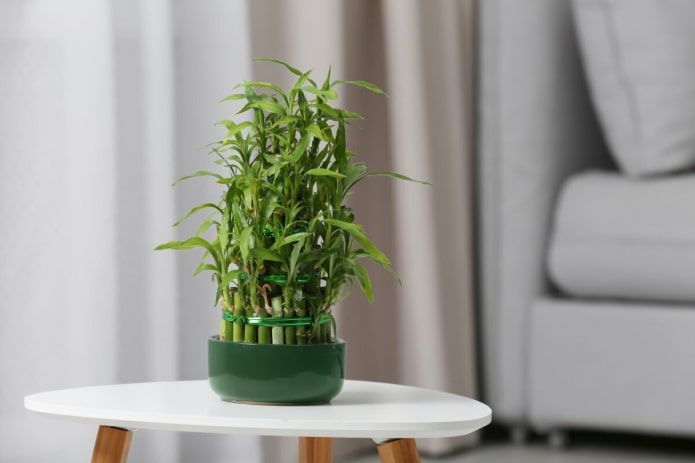
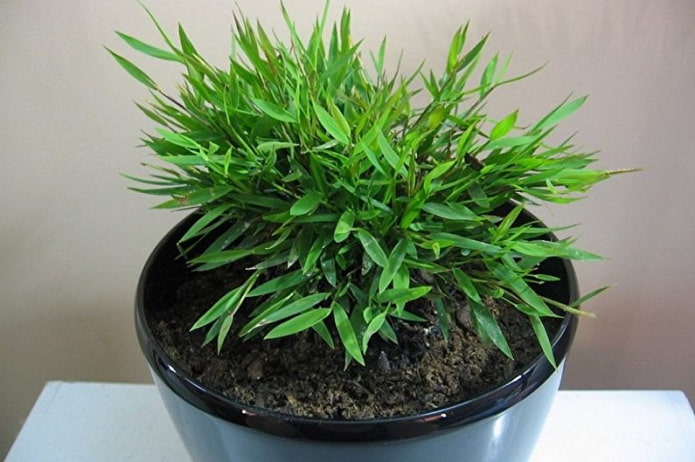
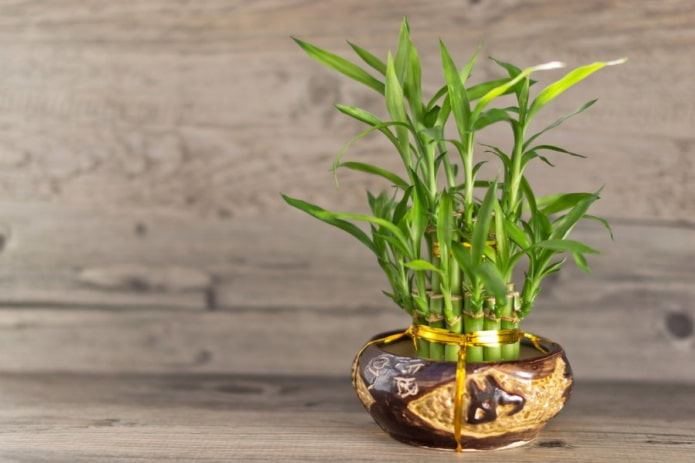
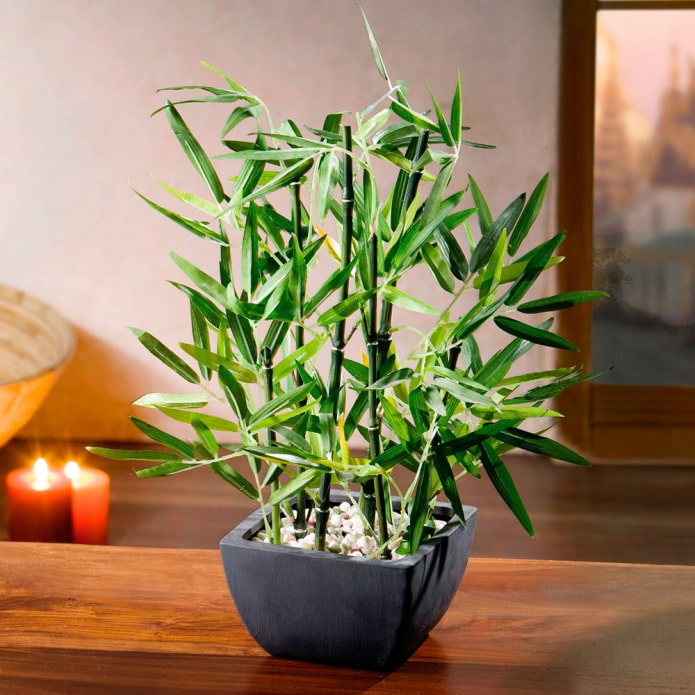
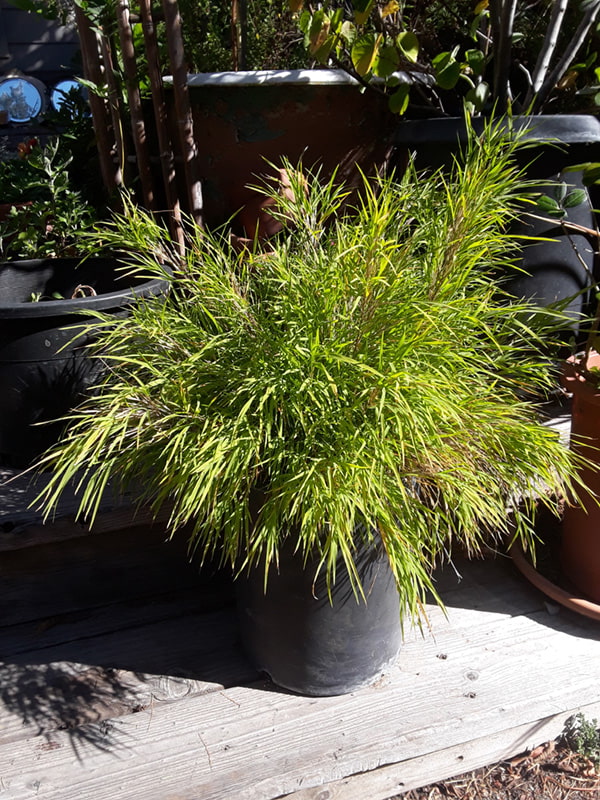
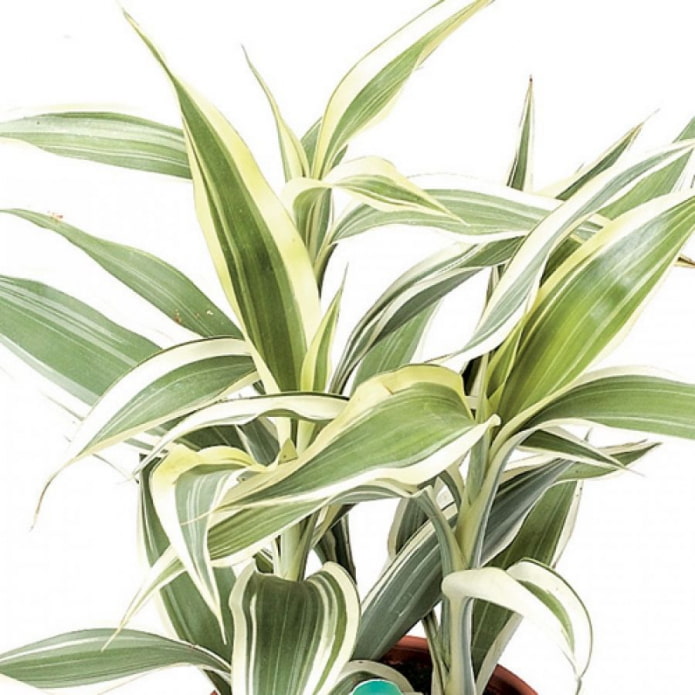
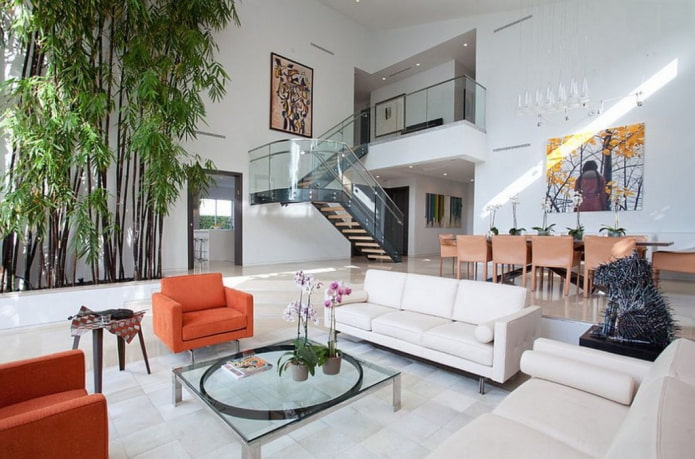
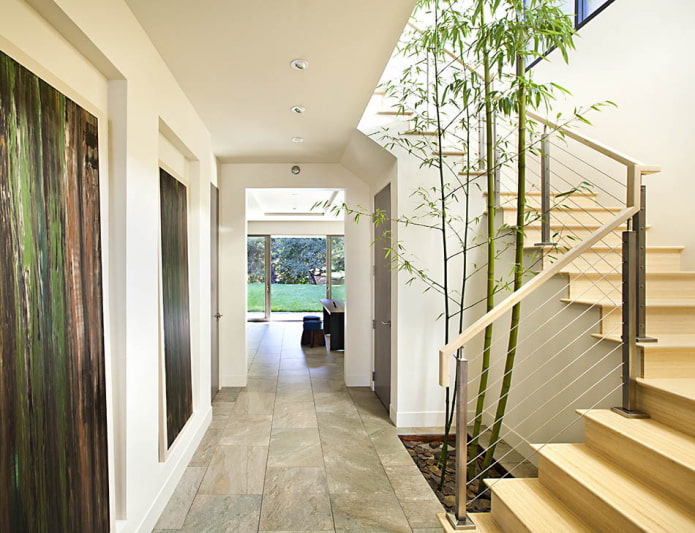
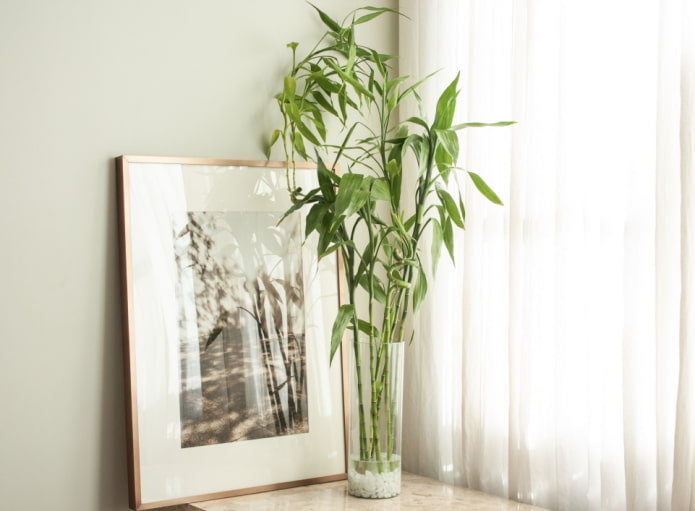
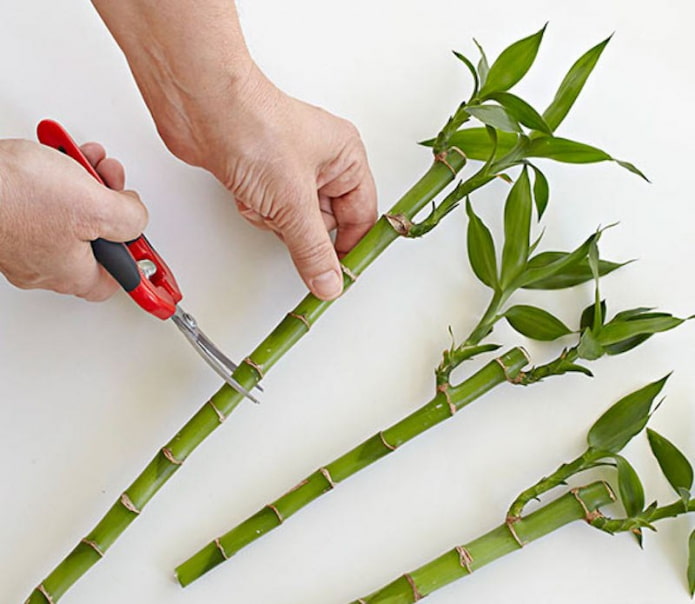
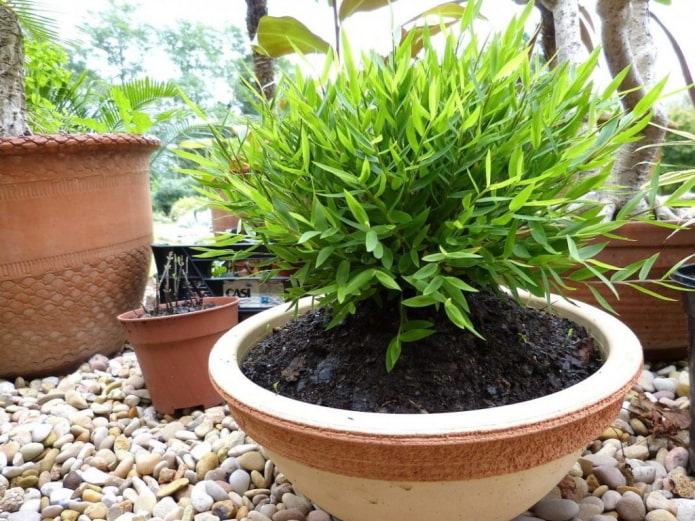
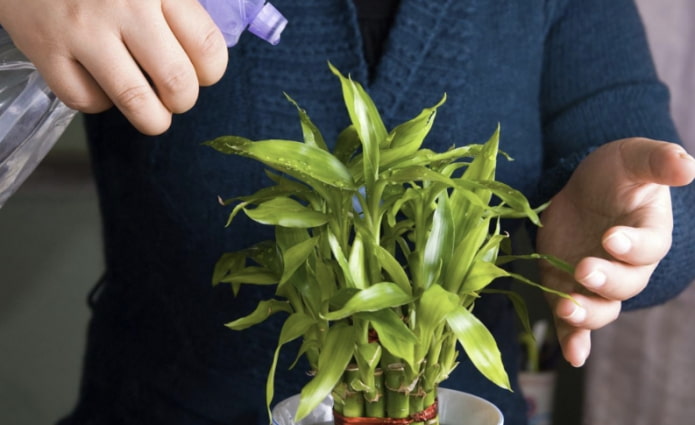


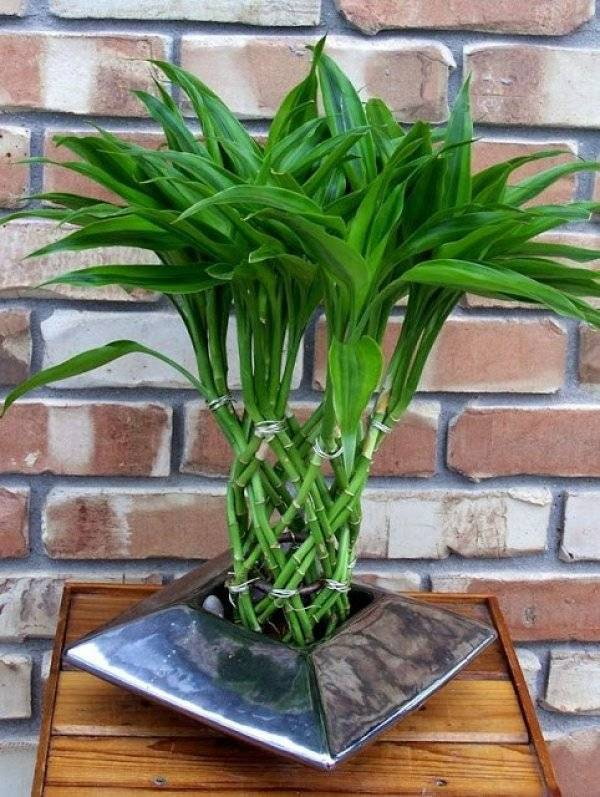
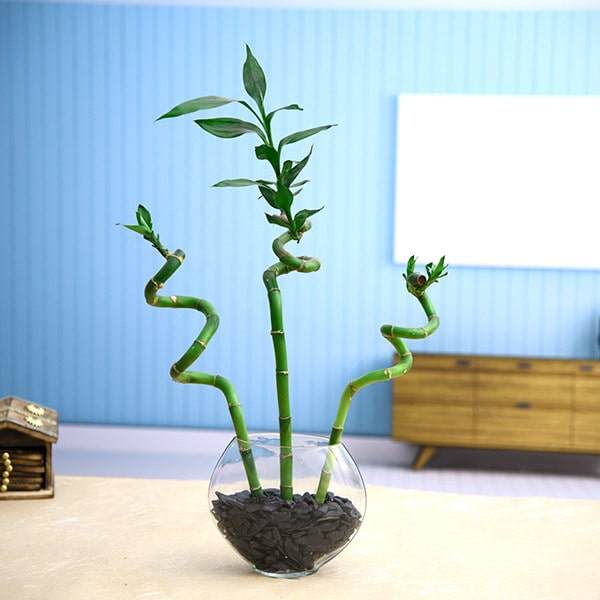
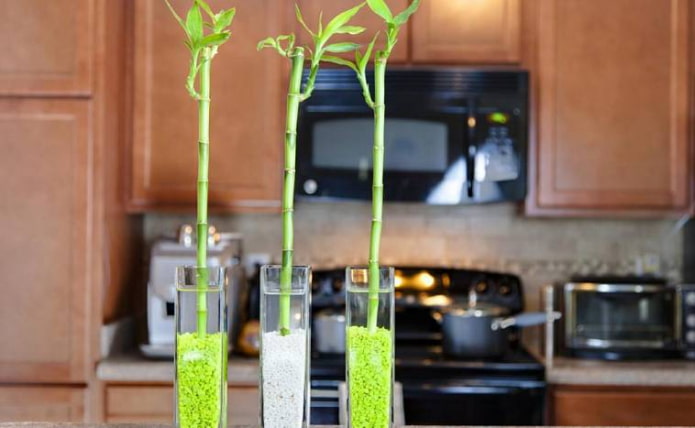

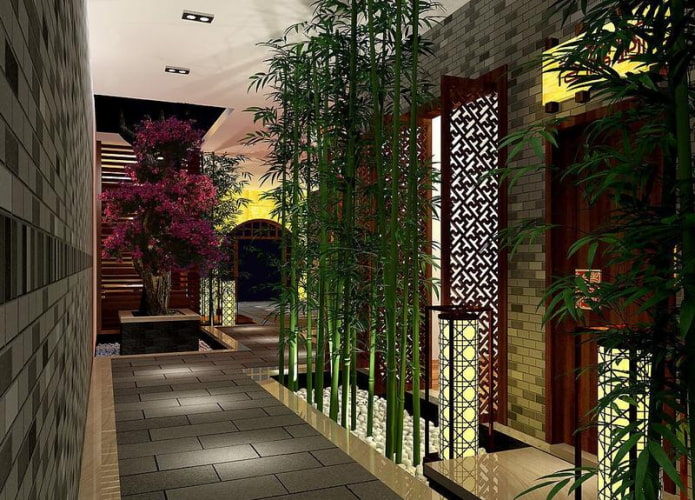
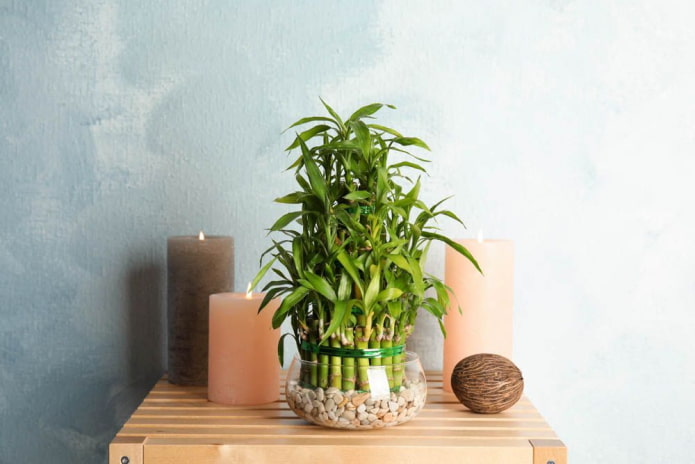
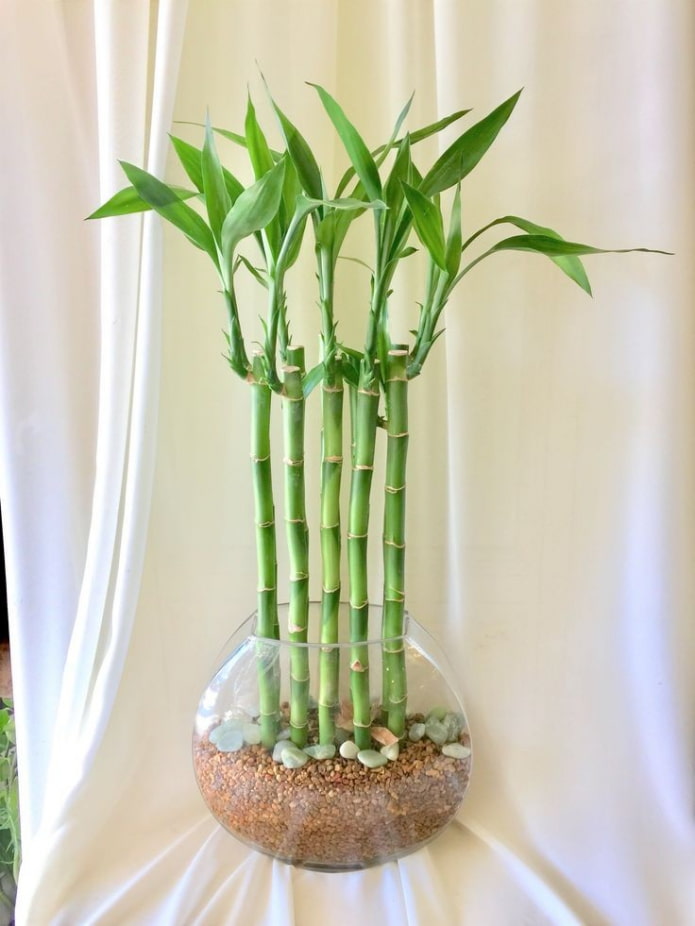

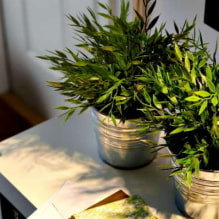
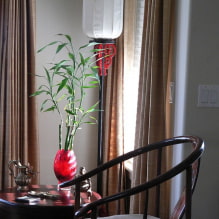
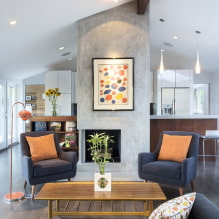
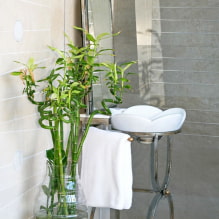
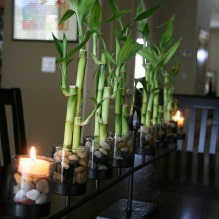
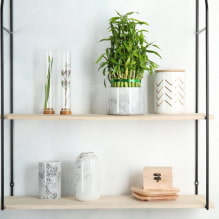

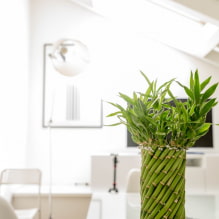
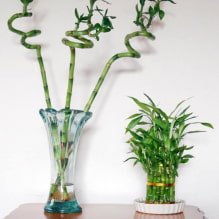
 13 bad habits a good housewife shouldn't have
13 bad habits a good housewife shouldn't have 24/7 home cleanliness - 4 secrets for the perfect housewife
24/7 home cleanliness - 4 secrets for the perfect housewife 6 hotels in Sochi that will give odds to the promoted foreign hotels
6 hotels in Sochi that will give odds to the promoted foreign hotels Top 10 interior design trends 2020
Top 10 interior design trends 2020 Rating of cheap TVs with Smart-TV
Rating of cheap TVs with Smart-TV New Year's LED garlands on AliExpress - we disassemble while it's hot, so that it's bright at home
New Year's LED garlands on AliExpress - we disassemble while it's hot, so that it's bright at home